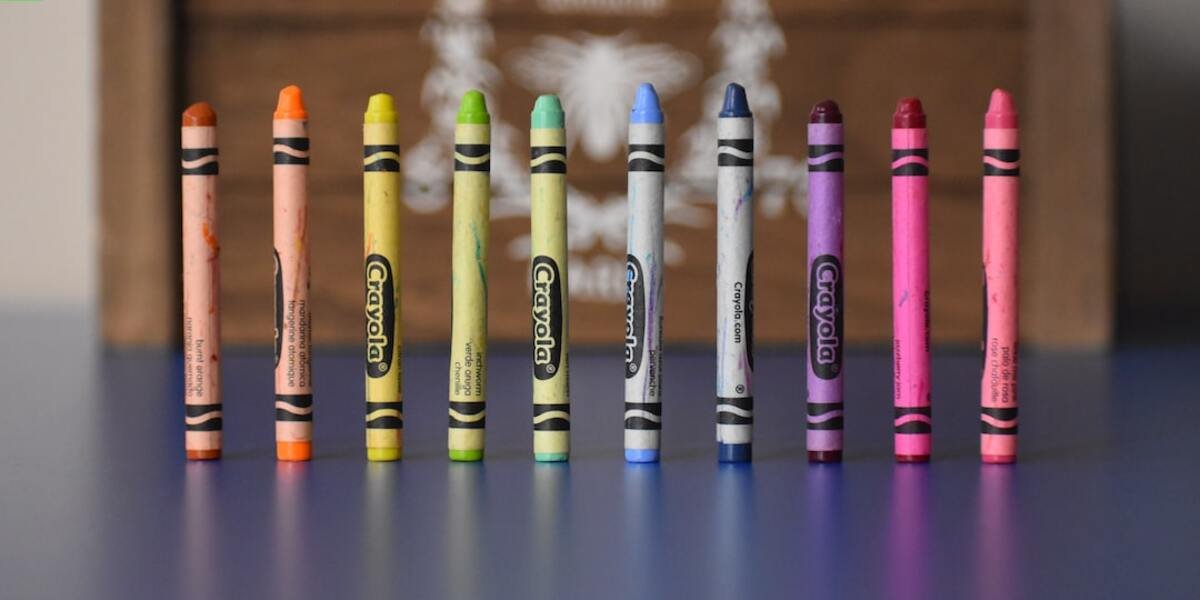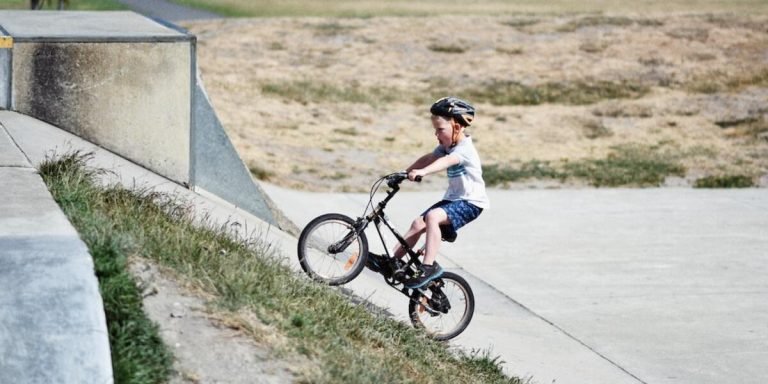SPD Autism: Understanding and Navigating Sensory Processing Disorder in Children with Autism
Sensory Processing Disorder (SPD) in children with Autism Spectrum Disorders (ASD), commonly known as SPD Autism, is a condition often overlooked but quite significant. It primarily affects how these special needs children perceive and respond to different sensory stimuli – from sounds and lights to touch and movement. Understanding this disorder can be challenging for many parents, educators, and support workers involved with an Autistic child’s care.
To manage SPD and autism effectively:
- Access accurate information about these conditions.
- Adopt easy strategies that help navigate daily routines without impacting the child’s emotional health.
We strive to make special education resources more accessible for anyone dealing with autistic children who also have Sensory Processing Disorder (SPD). We will simplify everything you need to know about SPD Autism, covering:
- Symptoms
- Its impact on everyday activities, including learning abilities
- Management tips from reputed professionals experienced in these unique challenges.
Did you know?
Children with autism are often diagnosed with Sensory Processing Disorder (SPD). Surprisingly, recent studies indicate that up to 95% of children on the Autism Spectrum also have SPD.
Understanding SPD and Autism: Navigating the Overlap
Sensory Processing Disorder (SPD) and Autism Spectrum Disorders often share overlapping characteristics, leading to confusion among parents and educators alike. It’s essential to disentangle these two conditions because the educational strategies used for either differ significantly; it isn’t a case of one-size-fits-all.
In 2023, technology plays an indispensable role in facilitating individualized education plans tailored specifically towards children with SPD or autism. By considering each child’s specific areas of strength and weakness rather than making assumptions based on diagnosis alone, we ensure that educational resources are deployed efficiently.
Children diagnosed with SPD might exhibit hypersensitivity or hyposensitivity toward sensory stimuli without necessarily landing within the autism spectrum. Meanwhile, those whose symptoms fit into both categories will benefit from assistance ranging across spectrums – hence demonstrating how crucial accurate classification is.
With digital tools now readily available as part of our everyday lives at home and school settings—digital programs specially designed can provide interactive exercises aimed at improving fine motor skills while offering cognitive enhancement activities simultaneously thereby fostering optimum development rates amidst challenges posed by these conditions.
From touch-sensitive tablets assisting tactile learning processes to speech recognition software aiding language acquisition struggles̶ tech integration has revolutionized special education sector enormously this year- laying out blueprints for more inclusive future classrooms worldwide.
Defining Sensory Processing Disorder (SPD) in Children with Autism
Sensory Processing Disorder involves difficulty handling information from sensory channels such as hearing, touching or even balance control. Children with spd autism often struggle to process and respond appropriately to these everyday sensory inputs.
In practical terms, you might notice your child covering their ears at loud noises more frequently than other kids or recoiling when they touch certain textures. Alternatively, they may require constant movement or appear uncoordinated due to an under-responsive system seeking stimulation.
Recognizing SPD symptoms early can play a significant role in successfully managing them via tailored educational resources and support strategies while being mindful not just of how these children learn but also in what environments work best for them.
Take visual aids software applications, for instance: These assist youngstersin processing complex ideas through visually demonstrative materials rather than dense textual content which could be overwhelming otherwise.
Key Strategies for Supporting Autistic Children with Sensory Challenges
Supporting children with SPD Autism comes with its unique set of challenges, particularly when it involves sensory issues. However, advances in technology present a silver lining that can greatly enhance the educational experience for these wonderful minds.
1. Embrace Sensory-friendly Tech Tools: Encourage a welcoming and inclusive learning environment by incorporating assistive technological devices designed to meet their sensory needs. Vibratory pillows and headphones that limit noise exposure are excellent tools to manage auditory sensitivities.
Light filters or dimmer switches adjust brightness levels providing visual comfort without disrupting others.
2. Use Interactive Learning Platforms: By 2023, interactive platforms have become popular special education resources allowing Autistic kids to learn at their own pace while also challenging them creatively.
3. Improve Communication via AAC Devices: Augmentative and Alternative Communication (AAC) devices help non-verbal autistic students communicate more effectively using pictures, symbols or words on screen displays aiding both social interaction as well as academic progress.
5.Harness AI & VR Technology Resources : Virtual Classrooms simulate real-world scenarios enabling practice in life-skills besides typical curriculum content equipping such learners better for future work environments.
Evaluating Special Education Resources for SPD and Autism
In the sphere of special education, it is crucial to evaluate and utilize effective resources that cater specifically to Sensory Processing Disorder (SPD) and Autism Spectrum Disorder. These two conditions present unique challenges in a child’s learning journey due to their distinct sensory experiences and cognitive processes.
Professionals have been grappling with these complexities for years, yet thanks to technology integration in education today, we are able witness revolutionary strides towards more inclusive classrooms. Adaptive devices such as electronic worksheets or sensory apps provide personalised environments where children can learn at their own pace while also addressing their specific needs related to SPD or autism.
Several platforms offer an abundance of online resources including educational games specially designed for autistic learners or interactive lessons focusing on coping strategies for SPD triggers. However, not all materials are created equal; thorough evaluation remains paramount before including any new tools into our teaching methodologies – this includes assessing ease-of-use, relevance according to individual abilities alongside evidence-based benefits.
Technology has indeed reshaped how special education functions but remember the human element should never be sidelined either: therapists’ insights combined with parents’ observations help tailor tech-tools optimally maximizing potential learning outcomes. Therefore bridging technological advancements with personal touch ensures beneficial utilization of digital aids which may prove pivotal both inside classrooms and beyond them when facilitating growth among students diagnosed with SPD autism.
Criteria for Choosing Effective Therapeutic Programs
Selecting the right therapeutic programs for your child with Sensory Processing Disorder (SPD) or Autism Spectrum Disorder (ASD) can have a significant impact on their development and learning abilities. Here are practical points to consider when evaluating special education resources.
1. **Individual Needs Assessment:** The effectiveness of any therapy relies heavily on how well it caters to individual needs. Consider an SPD autism therapeutic program that assesses children’s specific sensory issues, motor skills deficits, social-emotional capacities before devising customized strategies.
2. **Therapist Expertise:** A competent therapist plays an undeniably crucial role in this journey. Prioritize enrollment into programs where therapists hold relevant expertise and experience in handling children diagnosed with SPD or Autism.
3. **Evidence-Based Therapies**: Adhering strictly to therapies backed by scientific research offers more predictability in outcomes than experimental treatments do not guarantee success rates as high.
Technology-Driven Tools to Aid Children With SPD and Autism
As a parent or educator of children with Sensory Processing Disorder (SPD) and Autism, finding relevant special education resources can be paramount to their learning development. Thankfully in the age of technology, we have access to tools tailored towards supporting these specific needs.
One such tool is Interactive Metronome. This technology-driven resource uses visual and auditory stimuli to enhance motor planning skills often challenged for children with SPD & autism. It’s designed from a clinical perspective but has an engaging interface that captures children’s attention boosting active participation.
On the flip side, language comprehension sometimes proves problematic among this group too. Yet again there’s another worthy contender called Proloquo2Go. An augmentative and alternative communication app which helps non-verbal autistic kids express themselves by using pictographs on touch-sensitive screens making it intuitive while promoting essential communication skills.
Video modelling is also rising as a credible tool used across many unique educational settings- creating virtual environments where social cues are narrated visually helps them better understand real-life scenarios improving both interpersonal relationships and self-sufficiency further down the line.
For older students facing challenges in executive functioning like organizing tasks or prioritizing assignments – Assistive Technology Platforms cater specifically toward those hurdles providing customizable organization charts; timers aimed at maintaining focus all geared up towards increasing productivity levels.
Collaborative Approaches in Support Networks for SPD-Autism Spectrum
The prevalence of Sensory Processing Disorder (SPD) on the autism spectrum is a significant concern in today’s educational landscape. A pressing demand calls for supportive networks that utilize technology integration and collaborative approaches, which are pivotal to enhance learning experiences for children with SPD-autism. In this context, adapting cutting-edge technological tools not only simplifies their education process but also encourages social interaction among these learners.
Modern advancements have enabled us to evolve from traditional teaching methods by integrating technology into special education resources and support systems. Virtual reality devices, adaptive computer software programs and specially designed apps can transform how students with SPD-Autism learn new concepts or express themselves intellectually. These inclusive technologies act as bridges between abstract theories taught at school and tangible everyday life examples – making learning more relevant for them.
Building up supportive networks using such integrated technologies involves collective efforts from educators, parents, therapists alongside tech experts. Collaboration on online platforms enables creating personalized digital environments where everyone involved contributes towards child’s progression – nurturing creative thinking skills while addressing sensory difficulties individuals face daily due to SPD-Autism.
The Role of Multidisciplinary Teams in Managing Dual Diagnoses
In the realm of special education, dual diagnosis such as SPD (Sensory Processing Disorder) and Autism presents unique challenges. One effective approach towards managing these complexities lies in collaborative efforts by multidisciplinary teams.
Firstly, let’s delve into how these multifaceted groups can positively impact students diagnosed with SPD-Autism Spectrum conditions.
When we talk about technology integration in education for children with spd autism it opens up varied paths to manage their sensory inputs better while facilitating enhanced learning opportunities. For instance digital tools like interactive whiteboards, tablets loaded with specialized apps catered to children’s individualized educational plan enable them acquire critical skills at their own pace without getting overwhelmed.
Moreover the role played by an educator who understands value of tech-friendly teaching methods cannot be overstated considering they are often first line professionals interacting directly within classroom environment whilst implementing instructional design engineered specifically keeping optimal student engagement central focus area.
Building a Community-Based Support Ecosystem
The relevance of a community-based support ecosystem can’t be overstated when it comes to managing and improving conditions like spd autism. With the integration of technology in education, there are unique potentialities for developing such an ecosystem that offers comprehensive Special Education Resources and Support.
To begin with, building this type of network starts from acknowledging everyone’s role – parents, teachers, therapists and caregivers alike. Each individual has different insights about the child which is beneficial for their development journey.
For instance, a parent may notice behaviors at home that aren’t observed in school settings while educators might witness experiences during class hours or recess play times. By encouraging open communication within this collective group through digital channels like dedicated online forums or social media groups could foster quicker identification and response to various aspects related especially to spd autism issues.
Conclusion
Navigating the world of SPD autism can certainly be a complex journey, each path being as unique as your child. Although it may seem intimidating initially, remember that understanding is always the first step towards progress and growth. Keep learning about SPD Autism to become an even stronger pillar for your young ones.
Ultimately, our website offers you more than just information – we offer community support in this pathway of exploration and knowledge. Whether you need further depth on topics relating to childhood education or are seeking strategies for teaching children with differing needs, have faith in us as your guidepost into comprehensive parent-educator assistance.







